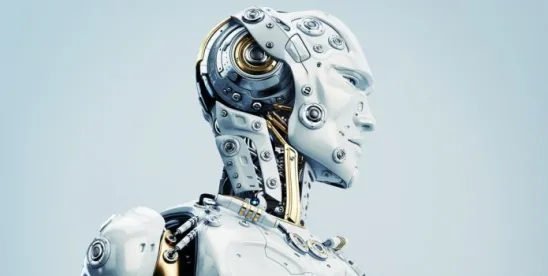The Australian Federal Court recently handed down its first-instance judgement in Thaler v Commissioner of Patents [2021] FCA 879 where the central issue considered was whether an artificial intelligence (AI) system could be an ‘inventor’ for the purposes of the Australian Patents Act 1990 (Act) and its corresponding regulations. The Court found that an AI system can be an inventor – where ‘inventor’ may be construed broadly to include a ‘person or thing that invents’1. This decision puts Australia in the spotlight as a favourable country to patent AI-created inventions – for now. Given the subject-matter and controversy generated by this decision, an appeal to the Full Federal Court is almost certain.
This Federal Court decision is an appeal from a Patent Office hearing where the Office rejected Australian patent application no. 2019363177 in the name of Stephen L. Thaler (the creator of the AI system) on the ground that the AI system (Device for the Autonomous Bootstrapping of Unified Sentience (DABUS)) could not be considered as an inventor in the context of the Patent Regulations 1991.
Interestingly, the objection to inventorship was initially raised in a formalities objection issued within a few weeks after the application was filed, and not during examination which would be years later under normal circumstances. Following a hearing, the Hearing Officer decided that the Act and Regulations require an inventor to be a person. Notably, Dr Thaler’s attempts to name DABUS as inventor on corresponding U.S. and European applications have been rejected.
In the Federal Court decision, also notable for its unusually speedy delivery, the Judge accepted Dr Thaler’s view that the Act and Regulations do not limit the interpretation of ‘inventor’ to being a human2. Justification for a broad interpretation is given by what the Judge considered to be a ‘widening conception’ of patent eligibility. That is, the Judge notes3 Australian patent law has evolved in light of the development of new technologies (e.g., recombinant DNA technology), and that the concept of an ‘inventor’ should equally evolve and be flexible. The Judge considered that the broadening of the definition of ‘inventor’ would align with the Act’s recently-inserted objects clause which states that the Australian patent system should ‘promote economic wellbeing through technological innovation and the transfer and dissemination of technology’4.
In his analysis, the Judge also speaks to the complexity that may undoubtedly exist in considering the chain of entitlement to an invention created with the involvement of an AI system. If the output of the AI system is the invention, then the Judge’s view is that the inventor is the system, and not necessarily those who have programmed, operated, provided input data or trained the system. Further, the AI system need not be recognised as a ‘legal person’ in terms of assigning rights to the invention to the patent applicant. Rather, the language of the Act recognises other means by which an interest may be conferred5.
While a significant development for Australian patent law, albeit a surprising and controversial one in the context of failed attempts to patent AI-created inventions in other major markets, Dr Thaler’s fight is certainly not over. The Commissioner of Patents has an opportunity to appeal this decision and is expected to do so. Accordingly, it may be some time before we have binding authority as to whether an AI system can be an inventor in Australia, and that the invention in this instance may warrant a Letters Patent.
Footnotes:
1 Para [10] of Thaler v Commissioner of Patents [2021] FCA 879
2 Ibid, para [120]
3 Ibid, para [121]
4 Ibid, para [122] – [134]
5 Ibid, para [178]



 />i
/>i

